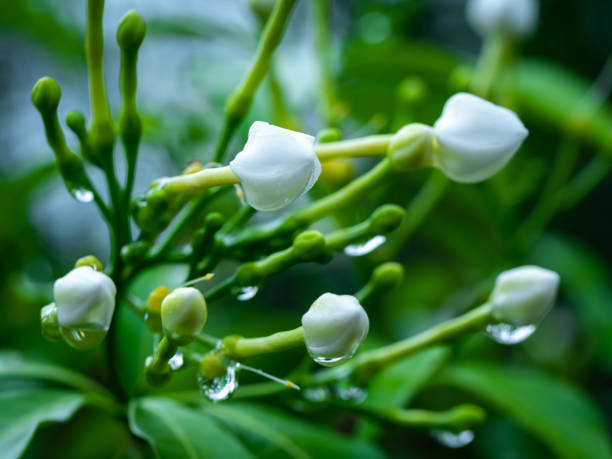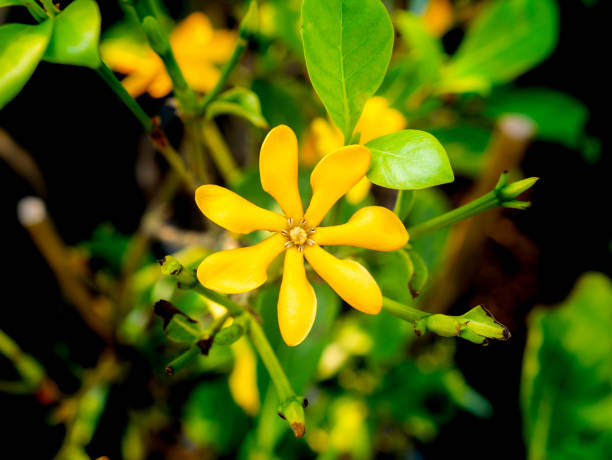A Brief Guide to Grow Your Own Flowering Plants: Tips To Keep Gardenia Blooming
Gardenias are a beautiful addition to any garden, but they can be a little fickle when it comes to blooming. Usually, they need at least 2-3 years before they bloom and reach their full potential. So if you are ready to start them in your garden but find that it is not right for timing or a change of location due to weather, you could lose everything. This ultimate guide will give the best way to care for gardenias and what type of plants make the most beautiful flowers when blooms should be expected after planting. Do you want to keep your gardenia blooming for as long as possible? Check out our tips for keeping your gardenia looking beautiful!
Table of Contents
Tips to Keep Gardenia Blooming

Water Gardenia Regularly
Wait an hour after watering to allow the water to soak into the soil and become more effective. Check if the soil is completely dry. Water it thoroughly. This advice is definitely needed for all plants, but it’s extra important to follow with gardenia flowers on the line. The cool season means weaker plants that are overly stressed by lack of water or excess heat. It will cause your poor little gardenias to die and reproduce fewer blooms over time! As flowering times are unpredictable, it’s worth checking the soil to see if you need to water your gardenia plants more frequently than usual this time of year. Plants in cooler climates should be watered once a week during December and January. The weather can get quite warm where most residents live, ideal for gardenias but not for other home improvement projects!
Regulate the Temperature
Gardenias are extremely sensitive to changes in temperature and humidity. They prefer 18.3°Celsius (65 °F) during the day and 15.6 ° Celsius (60°F) at night. If the temperature rises above that threshold, buds that have already formed may fall off.
Give the Gardenia Plenty of Sunlight
Gardenias prefer full sun, but they will tolerate some partial shade. If you live in an area with severe winters, you may want to consider covering the plant during those months.
Fertilize Your Gardenia
Feed your gardenia once a month with a balanced fertilizer that contains nitrogen and phosphorus. This will help to promote healthy growth and blooms. Make sure to thoroughly read the label before using any type of fertilizer. Overfertilizing can damage plants.
Provide Proper Location
Gardenias thrive in a tropical environment; however, they may suffer if exposed to direct sunlight throughout the summer. In warm climates (Zones 8 and above), choose a location that receives early sun and some afternoon shade while avoiding the hot midday sun to maximize your comfort and productivity.

Prune Away Any Dead or Diseased Plants
Prune your gardenia every two or three years to maintain its shape and size. Pruning should be done when new growth begins to appear; avoid cutting off branches that are more than one inch in diameter at the base.
Remove Any Pests or Diseases That May Be Affecting the Gardenia
After low temperatures and irregular irrigation, which result in bud and leaf loss, the most common problems are insects, including scale and aphids and spider mites, mealybugs, and whiteflies. Besides powdery mildew and leaf spot, other pests that can be controlled include dieback, anthracnose, and sooty mold. In most cases, the plants that have been infected will have to be removed and destroyed. It is possible to eliminate most of these pests’ powerful hose spray or use an environmentally friendly insecticidal soap or neem oil spray. However, it is important to make every effort to prevent infection by ensuring that the plants have adequate air circulation throughout the day.
